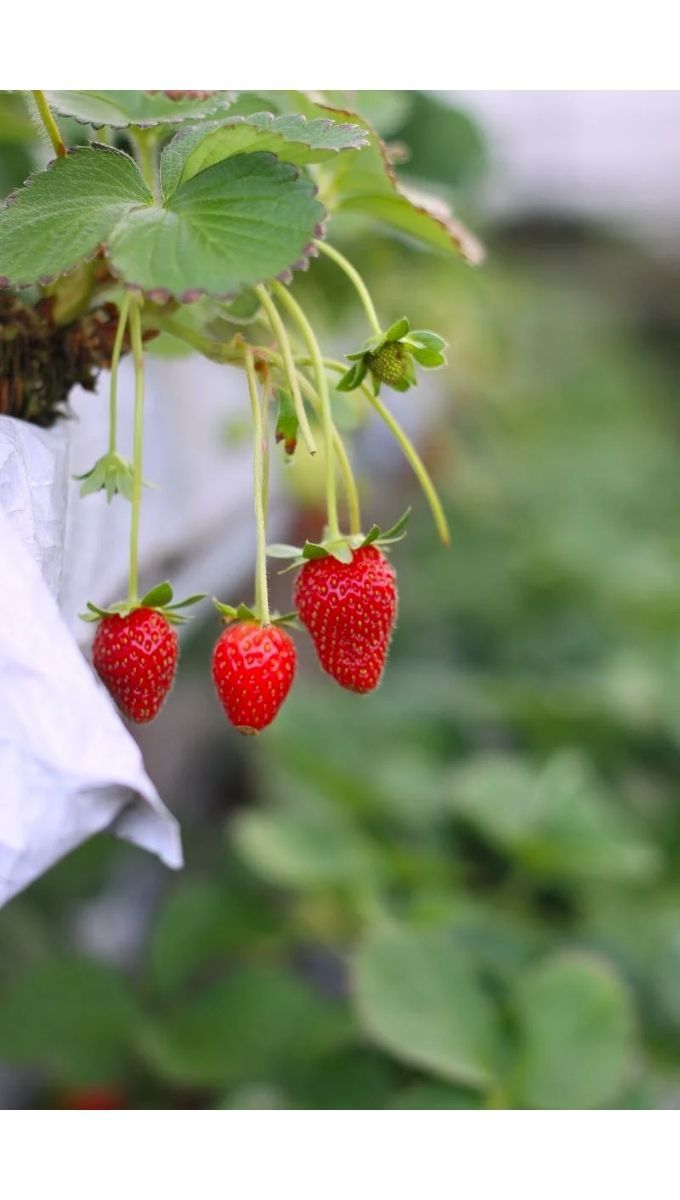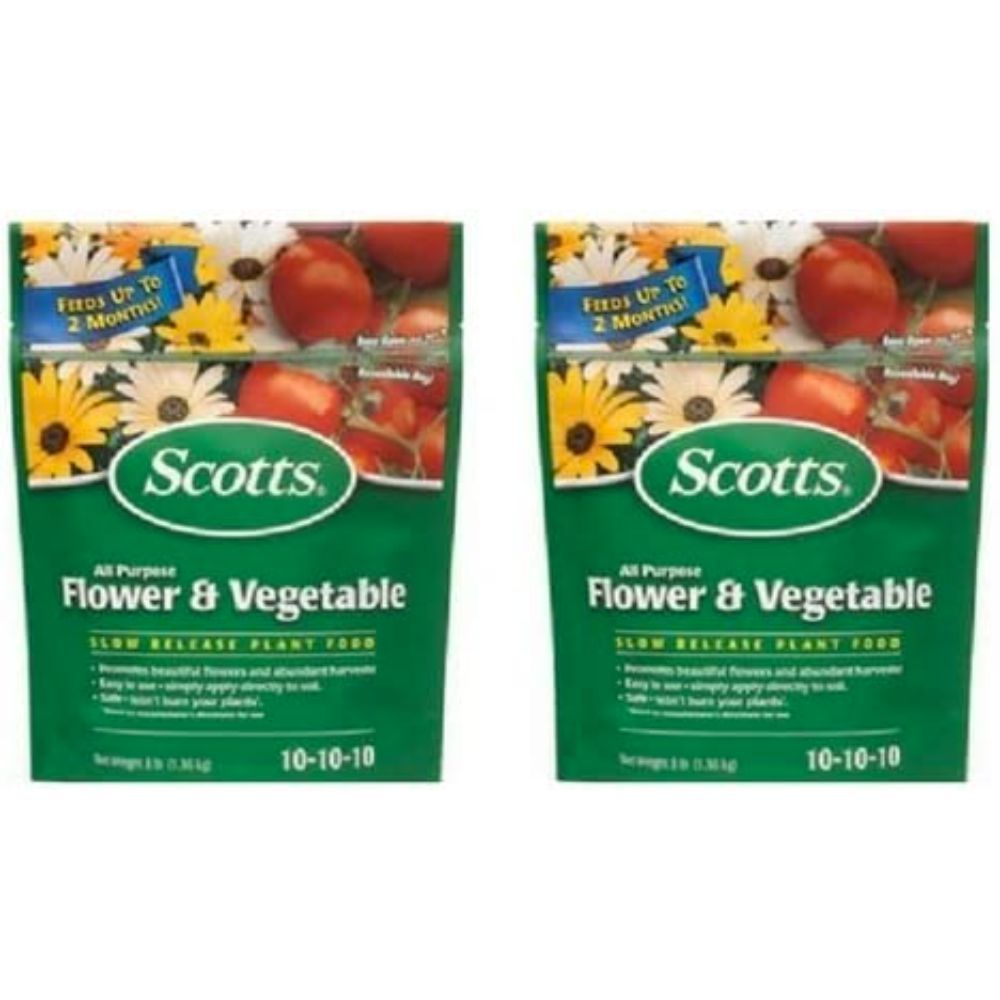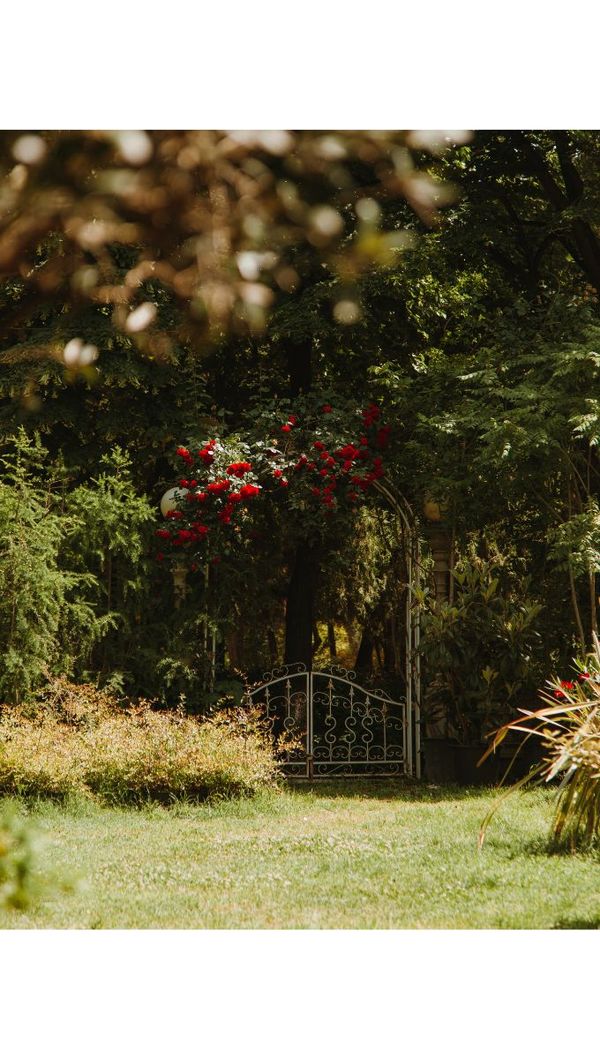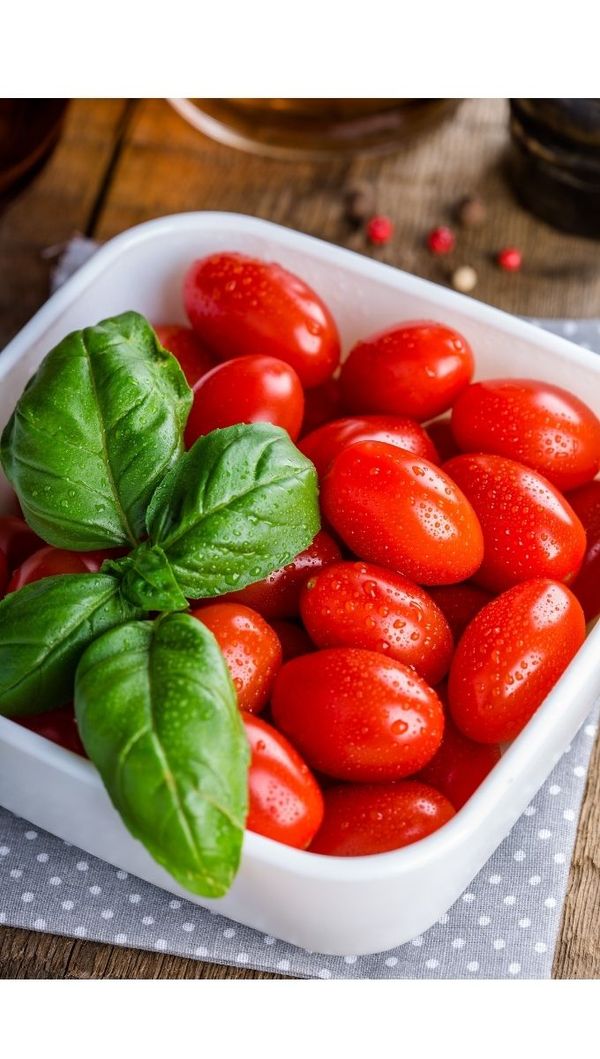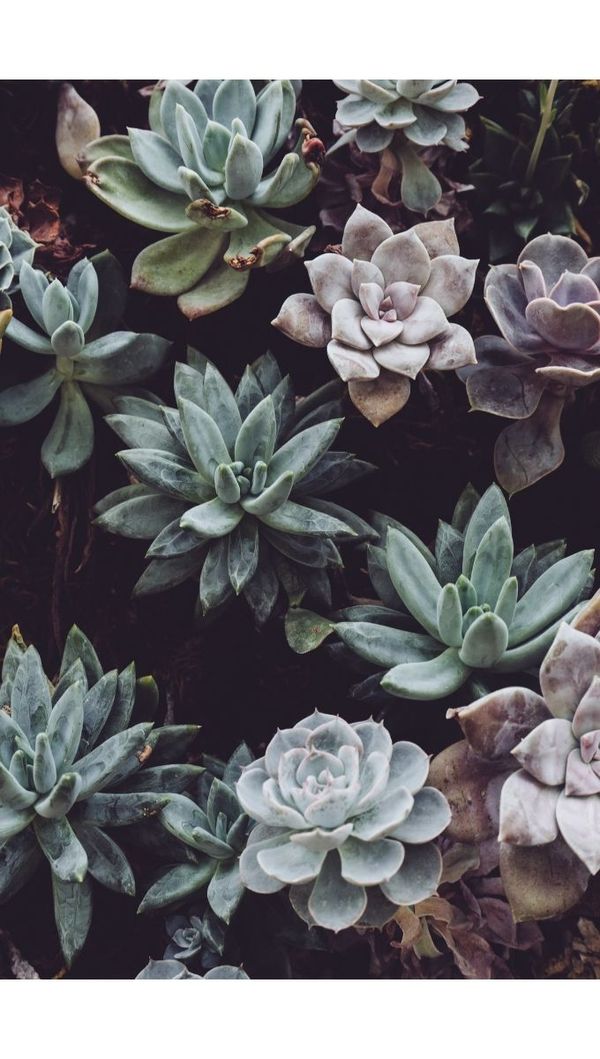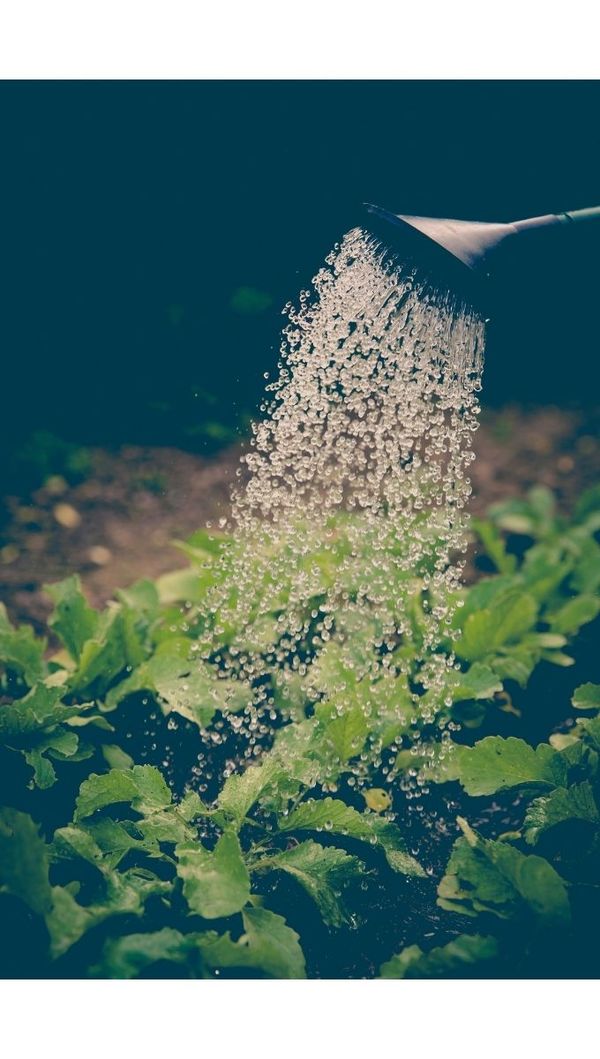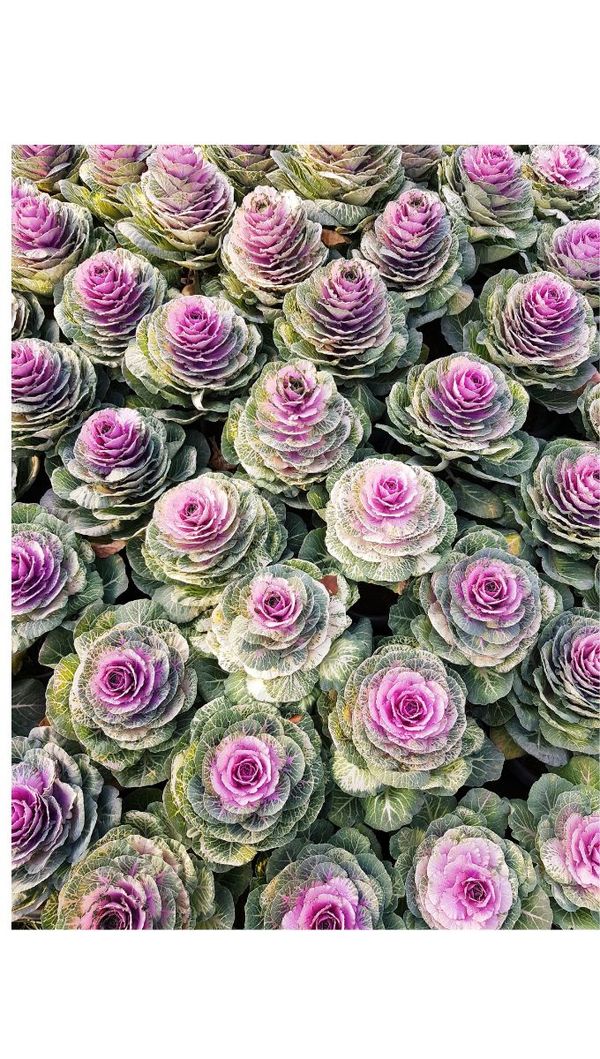Are you looking for the best fertilizers for strawberries?
If so, you have come to the right place! In this article, we will discuss the three best fertilizers for strawberries and why they are so effective. We will also provide a review of each product.
So, if you are interested in learning more about these products, keep reading! We guarantee that you will find the information you need to make an informed decision about which fertilizer is right for your needs.
How We Choose the Best Fertilizers for Strawberries
It can be hard to know which fertilizer is best for your strawberry plant.
All of the different types of fertilizers out there can make it really confusing to know which one is best for your strawberries.
We have done the research for you! After reading through thousands of articles and reviews on Amazon, we have compiled a list of the 3 best fertilizers for strawberries.
Down to Earth All Natural Acid Mix Fertilizer 4-3-6
Why We Love It
Looking for a fertilizer that’s specially formulated for acid-loving plants?
Down to Earth’s All Natural Acid Mix Fertilizer 4-3-6 is perfect to fertilize strawberries, blueberries, raspberries, and other plants that prefer a low pH.
Made with natural ingredients like cottonseed meal, fish bone meal, and humates, this 4-3-6 formula helps plants grow strong and healthy in the growing season. Plus, the added langbeinite and kelp meal help harden plants against winter stress – so your garden will look beautiful year after year.
Trust Down to Earth for all your organic gardening needs – their products are backed by over 40 years of experience in sustainable agriculture.
Product Information
This is a granular fertilizer with a NPK ratio of 4-3-6 which is perfectly suited for acid loving plants such as strawberries.
It is formulated for plants that prefer a low pH. It is made from all natural ingredients and works well for several berry types.
Down to Earth All Natural Acid Mix Fertilizer 4-3-6 is available in 5 pound bags.
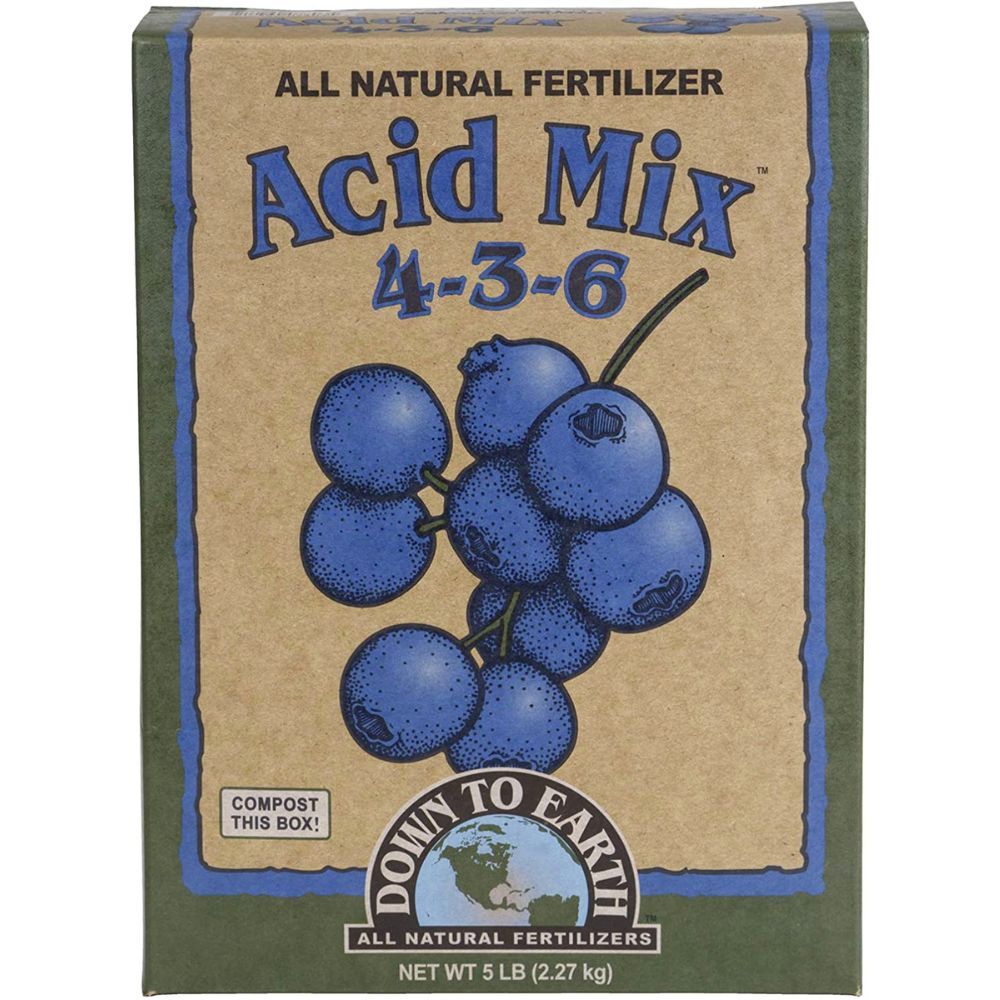
Specially Formulated for Acid-Loving Plants
Down to Earth All Natural Acid Mix Fertilizer 4-3-6
Scotts All Purpose Plant Food
Why We Love It
Looking for a quality all-purpose fertilizer for strawberries that won’t break the bank? Scotts All Purpose Granules Plant Food is ideal for a variety of garden plants, including strawberries. This 10-10-10 balanced formula promotes abundant harvests and blossoming flowers, giving you a more fruitful garden.
The continuous-release granules are easy to spread and can be poured directly from the resealable bag. An application feeds plants for up to 2 months; just scatter it and trust the fertilizer to do its work over time.
This fertilizer is also a slow-release formula, so it won’t burn the strawberry plant, vegetables, or other plants when used as directed.
Product Information
This is a granular product with an NPK ratio 0f 10-10-10. It is an all-purpose fertilizer suitable for many varieties of garden plants, including strawberries.
It is a very affordable choice and feeds plants for up to 2 months. It is easy to use: just apply it directly to the soil.
It is available in 3 pound bags.
Jobe’s Organics Granular Fertilizer
Why We Love It
Looking to get the most out of your organic strawberry patch while using organic fertilizers? Jobe’s Organics Granular Fertilizer is a great choice for certified organic gardening. The fast-acting, all-purpose fertilizer is perfect forthe strawberry plant and other outdoor gardens. With a balanced 4-4-4 NPK, it’s easy to apply and provides superior results.
The ingredients in Jobe’s Organics Granular Fertilizer include feather meal, bone meal, processed poultry manure, and sulfate of potash. These natural ingredients provide essential nutrients for plants. In addition, this organic strawberry fertilizer contains microbes that help transfer nutrients to plant roots for quick absorption. This ensures that your strawberry plant gets the nutrition it needs.
Product Information
This is also a granular product with an NPK ration of 4-4-4. Jobe’s Organics Granular Fertilizer is suitable for a variety of plants but has shown to work well with strawberries.
It is a fast-acting fertilizer that contains no synthetic materials. In addition it is enhanced with microbes and is OMRI listed for organic fertilizers.
It comes in a variety of sizes and should be reapplied every 4-8 weeks.
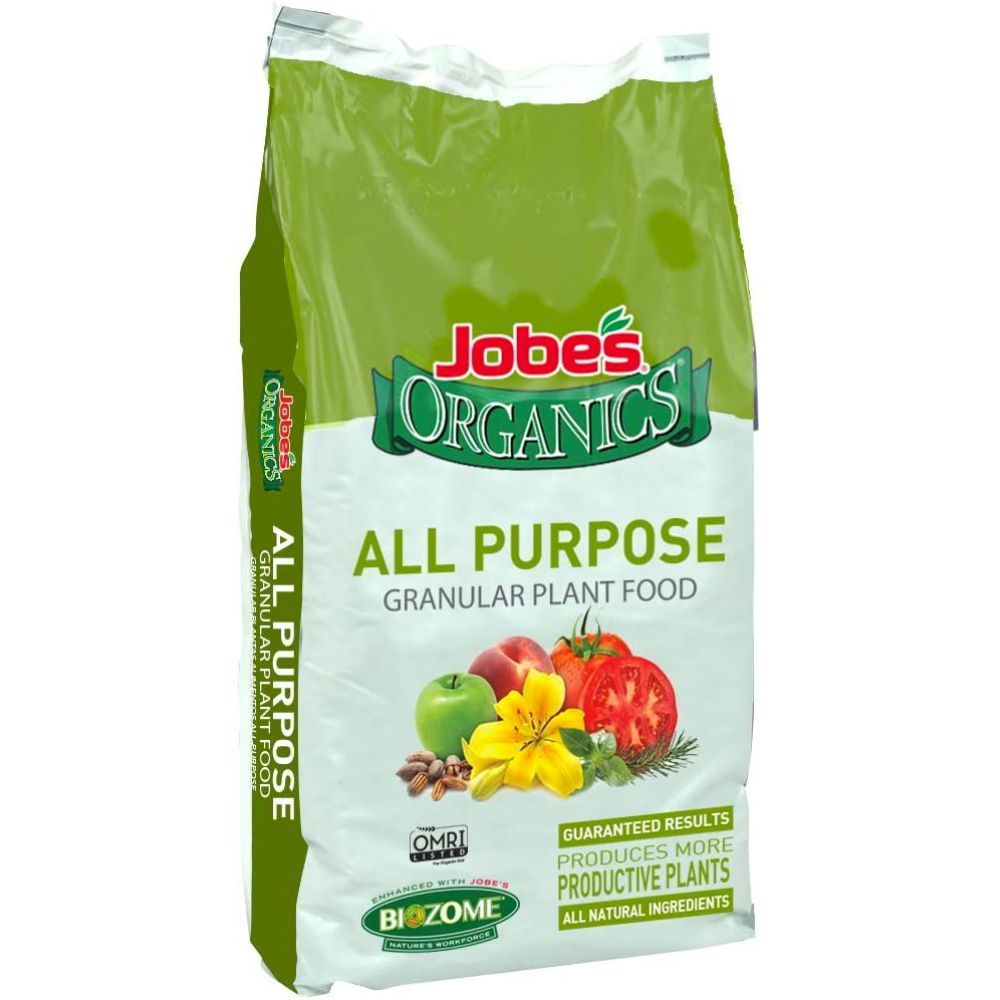
Great Choice for Certified Organic Gardening
Jobe’s Organics Granular Fertilizer
Best Fertilizer for Strawberries FAQs
When should I fertilize a strawberry plant?
The strawberry plant is a heavy feeder, which means it requires a steady supply of nutrients to produce abundant fruit. For best results, fertilize strawberries in early spring, and then again in the fall.
For newly-planted strawberries, you will know that you need to fertilize if the leaves on the strawberry plant turn yellow within a month of planting them in the garden. If you notice that yellowing, apply a 10-10-10 fertilizer.
Once the plants are established, you can switch to a lower-nitrogen fertilizer, such as 6-24-24. Apply fertilizer to the soil around the plants, taking care not to get any on the leaves or stems. Then water deeply to help distribute the nutrients evenly throughout the root zone.
With proper care, your plants will yield plenty of delicious fruit for many seasons to come.
How do I get my strawberries to produce more fruit?
Before planting your strawberries, it is important to prepare the soil. The best type of soil for strawberries is sandy, well-drained soil. This will help to ensure that the roots do not become waterlogged and that the plants are able to access the nutrients they need.
Once the plants are in the ground, make sure to water them regularly. Too much or too little water can damage the plants and reduce the yield.
In addition, it is important to feed your plants with a high-quality plant food. This will provide them with the nutrients they need to produce delicious berries.
Finally, be sure to trim the strawberry plant runners. These are long stems that can quickly take over the plant if left unchecked. By trimming them back, you will encourage your strawberry plant to produce more fruit.
How can I make my strawberries grow bigger and sweeter?
When purchasing strawberry stock for your home orchard, be sure to buy from a trusted source that can guarantee their plants are virus-free.
To ensure a healthy crop, provide plenty of sunlight and prepare a fertile, well-drained soil. Each plant should have plenty of space to allow for good air circulation, and they should be watered well but with care not to wet the leaves.
Be sure to mulch around each plant to help retain moisture and keep weeds at bay. Ripe fruit should be harvested on a sunny afternoon, and pruning should be done after fruiting.
By following these simple steps, you can ensure a bountiful and healthy crop of delicious strawberries.
How do you make big juicy strawberries?
Big, juicy strawberries are a delicious way to enjoy the summer months. But in order to get the biggest berries, gardeners need to be willing to make a tough decision - snipping off most of the flowers that form on the strawberry plant.
It sounds counterintuitive, but by removing some of the flowers, gardeners can encourage the remaining flowers to produce larger berries. This is because each flower produces a small amount of fruit, and by removing some of the flowers, the plant can put all its energy into producing fewer, but larger berries.
So if you're looking for big strawberries this summer, don't be afraid to give your plants a little pruning. The results will be well worth it.
Should I cut runners off of strawberry plant?
Strawberry runners are a type of vegetative reproduction in which a new plant is produced from a runner (or "stolon") that extends from the parent plant. Each runner has a tiny plant, or "plantlet," at its end, and these can be rooted and grown on to produce new plants.
While runners can be a useful way to propagate strawberries, they take a lot of the plant's energy to produce. For this reason, it's often recommended that runners be cut off during the first two years of the plant's life so that it can concentrate its efforts on fruit production.
Once the plant has matured and is producing plenty of fruit, runners can be allowed to develop so that more plants can be propagated. With this method, growers can ensure that their berry plants are productive and have the vigor necessary to produce a bountiful crop.
Why are my strawberries not producing fruit?
One potential reason for a lack of fruit production in berry plants is the age of the plant. It is common for very young plants to put all their energy into establishing strong roots rather than producing fruit. Most varieties will produce little to no fruit during their first year.
Once the plant is a bit older and has a strong root system in place, it will likely start producing fruit more regularly. If your strawberries are not bearing fruit, it is worth checking to see how old they are. If they are still relatively young, you may just need to be patient for a few more months or years.
Why are all my strawberries so small?
For plump, juicy strawberries, each strawberry plant requires adequate soil and water resources. If the strawberries get crowded out by other plants, their strawberries will be smaller.
Weeds are the most common cause of this, but strawberries themselves can overrun their allotted space as they put out runners. To prevent this, keep an eye on your strawberry patch and weed it regularly.
You may also want to consider mulching around your splants to help control weeds and conserve moisture. With proper care, you can enjoy delicious strawberries all summer long!
Should strawberry plants be pruned?
The strawberry plant is typically categorized by the type of fruit it produces. June-bearing plants produce a large crop of fruit all at once, typically in June. The day-neutral and ever-bearing strawberry plant, on the other hand, produce small crops of fruit throughout the growing season.
When pruning strawberries, it is important to take the type of plant into account. For June-bearing plants, prune off the flower stalks during the first growing season so the plants get bigger before producing fruit. For day-neutral and ever-bearing plants, remove the flower stalks until the middle of June during the first growing season, then let the plants produce fruit.
By following these guidelines, you can ensure that your plants produce a healthy crop of fruit.
What is the best mulch for strawberries?
There are many materials that can be used to mulch strawberry plants. Straw is a common mulching material, as it is readily available and provides good coverage.
Pine needles can also be used, and provide a more aesthetic look than straw.
Black plastic sheeting is often used in commercial production, as it provides excellent weed control.
Red plastic sheeting is sometimes used in home gardens, as it is less expensive than black plastic.
Landscape fabric can also be used, although it does not last as long as the other options.
Grass clippings can be used, but they may create a thatch layer that can encourage disease.
Strawberry mats are often used in commercial production, as they provide good coverage and weed control.
Shredded leaves can also be used, but they may need to be replaced more frequently than other mulches.
There are many options when it comes to mulching your garden, so choose the one that best suits your needs.
How often should strawberries be watered?
Established plants will need approximately one to two inches of water per week during the time when they are growing and bearing fruit. Newer plants may need to be hydrated at a rate of one inch of water four times per month in order to jumpstart their growth.
Keep an eye on the weather and adjust your watering schedule as necessary - if it rains heavily, you will probably not need to water your plants as often. Check the soil around your plants regularly and water them deeply whenever the top few inches of soil are dry.
Over-watering can cause problems such as root rot, so be sure not to water more than necessary. With a little care and attention, you can ensure that your plants get the hydration they need to thrive.
Best Fertilizers for Strawberries for You
And that's it! We hope this article has armed you with the information you need to pick the right strawberry fertilizer for your situation. If you have any further questions, we encourage you to do some additional research or reach out to a gardening expert for more guidance. Happy planting!

